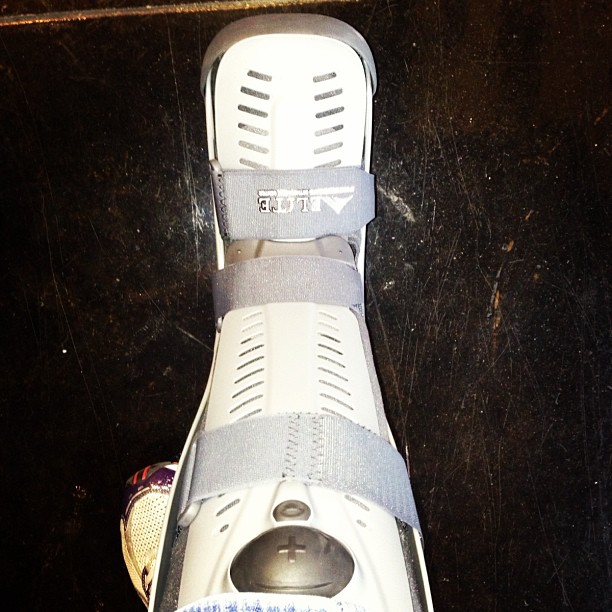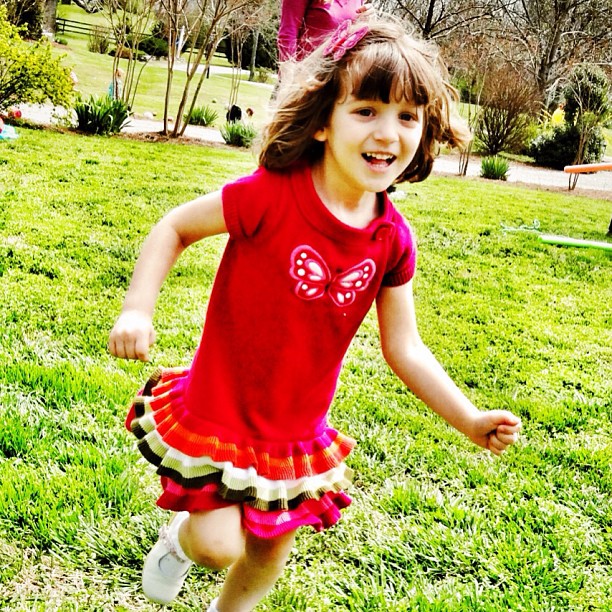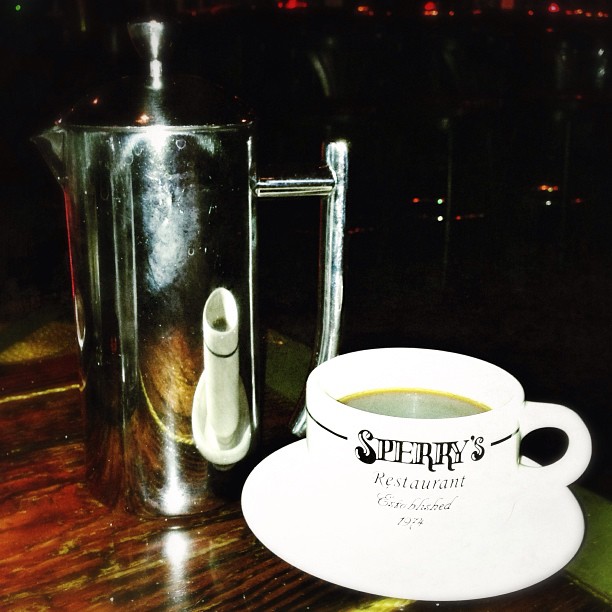Instagram filter used: Lo-fi

Last night I posted the following statement regarding Southwest Airlines:
On a @SouthwestAir flight. Passengers still standing in the aisle, but no remaining open seats. I hate this airline.
Well….let me now share with you: “The Rest of the Story”
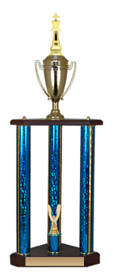 Turns out Southwest had not oversold the plane as it first appeared, though the real story is almost worse. I was the second passenger on the plane, and saw a large number of children boarding (I would estimate 30+ under the age of 12) after I had taken my seat. Many of these children were carrying large trophies, some of which were taller than they were. I later learned that they had participated in a large chess tournament held in Nashville.
Turns out Southwest had not oversold the plane as it first appeared, though the real story is almost worse. I was the second passenger on the plane, and saw a large number of children boarding (I would estimate 30+ under the age of 12) after I had taken my seat. Many of these children were carrying large trophies, some of which were taller than they were. I later learned that they had participated in a large chess tournament held in Nashville.
After most of the passengers had taken their seats, the flight attendant in the back announced to the passengers still standing in the aisle that there were no more seats in the back and they would have to grab a middle-seat in the front. The front flight attendant quickly announced that there were no seats remaining in the front, so they would have to find a seat in the back. At this point I counted 10 people still standing in the aisle.
This back-and-forth went on several minutes, before the flight attendent in the back admitted that the reason why the back of the plane was “full” was because she had buckled the chess trophies into multiple seats in the back of the plane, even though it was a completely full flight.
You can’t make this stuff up.
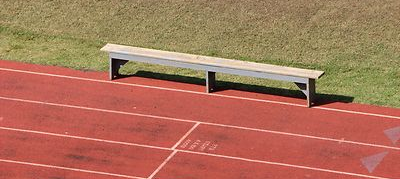
I’m so over cross-training instead of running, but I’m still doing it anyway!
This week I’ve completed…
- 2 hours 20 minutes aqua jogging
- 2 hours 30 minutes on the bike
- 1 hour on the elliptical
- Various push-up, pull-up, & leg workouts
Today I started out the morning with an easy 30 minutes on the bike before leaving to go help a friend move for about 4 hours. Once I got home, I really didn’t want to head back out the door to the gym, but at this moment I’m finishing up an hour on the elliptical before doing some upper-body work.
Today has been a tough day because I had to miss the Oak Barrel Half Marathon in Lynchburg, TN. This is one of my favorite races, and I was hoping this year to finally place in my age group after 2 consecutive 4th place finishes. Turned out that the top 3 were between 1:28:36 & 1:30:45. Last year I ran a 1:29. Made it tougher to swallow.
I am happy for my friend Paxton though who finished second in his age group and got to take home that sweet oak barrel plank award.
Anyway…everybody else keep beast mode going while I’m on the bench.
The link below is to a great post/article from my friend Taylor about difficulty in accepting God’s grace. Taylor is one of the most sincere and caring people I know, which makes his words even more humbling to me. Definitely worth a read.
http://www.taylorezell.com/why-i-struggle-to-accept-grace/
That’s what is so amazing about God, He doesn’t want our IOU’s. He knows that we will always continue to write bad checks and increase our debt (sin). He has already written a check for us, we just have to accept it. He wants us to accept His grace. He wants ME to accept his grace. Yet I struggle to do that every day.
Me:
Sara, do you want to be a runner like daddy when you grow up?
Sara:
No…I want to be Sara when I run!
Running has enhanced every aspect of my life. If everyone ran, the world would be a better place.
-Josh Cox (@JoshCox)
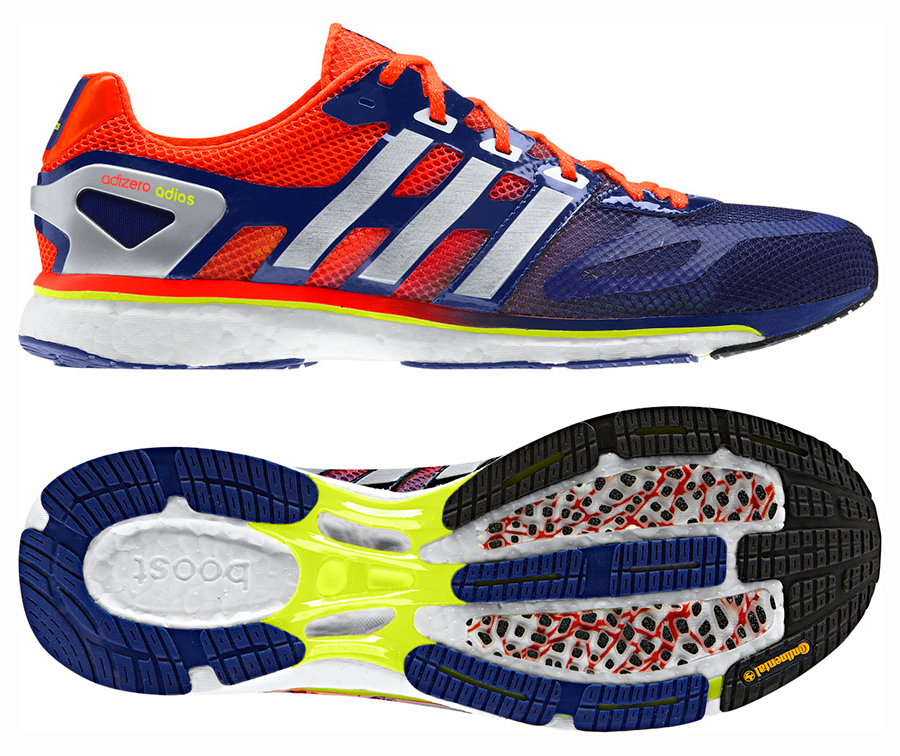
A couple of weeks ago I posted about my interest in the adidas Energy Boost, and today they officially introduced two new shoes in the Boost line, which will only be available at the Boston Marathon expo next week before they are available to the general public in the fall. I’m particularly intrigued by the adizero Adios Boost model (pictured above), which is an updated version of the current world record marathon shoe.
Per adidas
After the successful launch of Boost midsole technology with an energy return unlike any other, adidas is providing a sneak peek of the latest iterations with the unveil of the adistar Boost and adizero Adios Boost during the marathon. Limited pairs of each shoe will be available exclusively at the adidas booth at the Boston Marathon Expo before they go on sale to the public in August and October, respectively.
This is to another video from Desi Davila’s comeback from a femoral (femur) shaft stress fracture that forced her to miss the 2012 Olympic Marathon and 2013 Boston Marathon. I first watched this today as I was cross-training on a stationary bike, and man did it get me fired up to get back out there on the road! Very solid workout in cold conditions.
Here’s the short description from the Flo Track website:
In one of her first workouts back, Desi Davila knocks out a 6 mile cutdown in the cold Michigan winter.
Desi Davila is absolutely one of my favorite runners in the world. This video is the first time she has spoken publicly since dropping out of the 2012 London Olympic marathon after only a couple of miles. At the time of the marathon, she was dealing with an undiagnosed upper-leg injury, which was later discovered to be a femoral (femur) stress fracture. This is the same injury that I’ve now experienced twice over the past seven months, and seeing this video gets me fired up about getting back on the road. I know she hasn’t announced any future races other than the 2016 Olympics, but I’m kid of hoping she decides to make her comeback at the New York City Marathon this November. Would be cool to have both of our comebacks at the same race!
Here’s the description of the video from the Flo Track website:
She’s back. In her first interview since the London Olympics, Desi Davila opens up about the highs and lows of the Games. Leading up to the Olympic Marathon, Davila knew something was wrong, but hadn’t found a firm diagnosis. After 2.2 miles, she was forced to step off the course left wondering “what could have been.”
It wasn’t tendonitis or some mystery injury. After another MRI, doctors found a stress fracture at the top of her right femoral shaft. She’s fully recovered, but how long will it take her to regain her Olympic form?
Not too long.
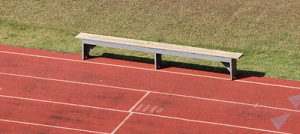
A couple of weeks ago I posted about 3 changes I was planning to make in my training once I come back from the current injury. The following are 3 more thoughts about changes I can make for the remainder of 2013.
- Incorporate more soft-surface running into my training. I used to be in the habit of doing at least one run per week on trails, but began to really slack on this beginning in 2012. I know that in addition to an extra rest day per week, it would be good for my legs to have one run per week on a surface softer than concrete or asphalt. I also know that incorporating more trail running will increase my overall leg strength.
- Drop a few pounds. I’m by no means overweight, but at the same time I’m about 10-pounds heavier than I was during 2010/2011. Losing these pounds would just take that much more pressure off of my legs while running.
- Be more consistent in cross-training. Back in 2010 / 2011 I went through the full P90X program twice, and then continued to do a large portion of the workouts for quite some time. These days, my cross training is inconsistent at best. While I don’t think I need to go back to the full P90X plan, I do believe a more consistent schedule will help in preventing injuries.
In the meantime, while I’m injured, I continue to put in as much time cross-training as I can. This includes aqua-jogging, biking, and elliptical. I’m so over the pool, but also know it is probably the best cross training I can do. Oh well….everybody else out there keep beast mode going while I’m on the bench.
What is Team Agee?
It is what we call our family, and represents our approach to faith and life together. We are team that…
(1) Strives to serve the Lord together in everything we do. Without God, the strength of this team would not be possible. Our number one priority in life is to follow Jesus Christ and pass this faith to our children.
(2) Enjoys doing things together, whether it be our family meals, going on a hike, or sharing a wonderful vacation.
(3) Faces everything together, including both joys and problems. We are in this as a team and understand that the good times are even better when enjoyed together, and dealing with difficulties is much easier when faced as a family.
(4) Aims to be physically active and maintain a healthy lifestyle. All of us enjoy running and exercising at some level, but we always allow our kids to choose the things they want to do. Both have participated in running races, but they also like hiking, gymnastics, ballet, and yoga. Our main goal is to establish a foundation of being active that will carry on throughout our lives.
Our Team Agee Blog launched in 2010 on Tumblr and was a way for us to share the journey of our family as it relates to the ideas listed above. Now, we have decided to move to our our own website as a way to provide a better platform for not only the Blog, but also Bible Study Materials, Sermon Audio, Race Reviews, Gear Reviews, and interacting with followers.
For our connections on Tumblr, we have not abandoned you! All of the blog posts on this site will be automatically posted to our Tumblr site.
We welcome you to pay our new site a visit and let us know what you think!
Runkeeper for iPad – The Next Revolution in Running

